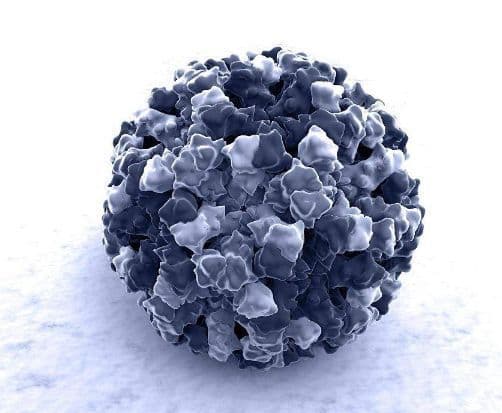Norovirus Warning: The Hidden Dangers of Public Restrooms
Norovirus is a common gastrointestinal illness virus, and its transmission routes include fecal-oral transmission, food transmission, and water transmission. Recent reports of a woman contracting norovirus after using a public restroom have sparked widespread discussion. According to medical experts, public restrooms can harbor a range of pathogens, including norovirus, in their toilet water. If an individual touches these pathogens and then fails to practice proper hand hygiene before eating, they can easily become infected through fecal-oral transmission.

21 February 2025
The virus can spread through various routes, including consuming contaminated food or water, touching contaminated surfaces and then touching one's mouth, touching contaminated objects and then touching one's mouth or nose, and airborne transmission when an infected person vomits. Contaminated water can also spread the virus. It is essential to note that norovirus can survive on surfaces for up to 7 days and can withstand low temperatures, making it highly contagious and challenging to control.
To prevent norovirus infection, it is crucial to practice good hygiene, including washing hands frequently with soap and running water, especially after using the restroom or before handling food. Ensuring that food is cooked thoroughly and avoiding contaminated water can help prevent the spread of the virus. Despite the possibility of norovirus transmission through aerosols, the risk of infection in public restrooms is relatively low. Experts explain that the primary mode of norovirus transmission is the fecal-oral route, and infections in public restrooms typically occur due to insufficient flushing or the formation of virus-laden aerosols during the flushing process.

Dr. Zhang Xiang, Deputy Researcher of the Infection Management Department at Jiangsu Province People's Hospital, emphasizes that while there is a risk of norovirus transmission through aerosols in public restrooms, this is not the primary transmission route, and the risk is generally not high. However, Dr. Zhang stresses the importance of thoroughly washing hands after using public restrooms and suggests wearing masks during special periods. Public restroom management personnel should strengthen cleaning, disinfection, and ventilation within the facilities to mitigate the risk of transmission.
Preventing norovirus infections requires a combination of good personal hygiene practices and environmental measures. Practicing strict handwashing, particularly after using the toilet, before eating, and after coming into contact with someone who is sick, is one of the most crucial steps. Using standard soap and water is effective in killing the virus, whereas alcohol-based hand sanitizers are not sufficient due to the virus's lack of a lipid envelope. Ensuring that drinking water sources are safe and consuming cooked and properly handled food can significantly reduce the risk of infection.
Norovirus, a type of single-stranded RNA virus, is relatively prone to mutation, with new variants emerging every 2-3 years that can lead to widespread outbreaks. The typical clinical manifestations of norovirus infection are diarrhea and vomiting, with the majority of cases being mild and self-limiting, lasting only 2-3 days before resolving on their own. The mortality rate is extremely low. Currently, there is no specific treatment or vaccine available for norovirus, making prevention the primary focus. As a result, individuals are advised to practice good hygiene, such as frequent handwashing and proper sanitation, to reduce the risk of transmission. This is particularly important in public places, such as restrooms, where the risk of exposure to norovirus may be higher.
Given that norovirus infections are most prevalent during the late fall to early spring period and can easily spread through contaminated food, water, and surfaces, heightened vigilance during these times is necessary. The absence of a specific treatment or vaccine for norovirus infections underscores the importance of preventive measures. Therefore, the public is advised to be diligent about hygiene practices, especially during periods of high incidence, and to seek medical attention promptly if symptoms suggestive of norovirus infection occur. By adopting these preventive strategies, individuals can significantly reduce their risk of contracting norovirus and contributing to its spread.
Comments


Share this article
Related Articles

China’s “Ugly Hour” Push: Viral Hashtag Sparks Nationwide Call for 1‑3 a.m. Bedtimes and New Sleep‑Health Policies
By Trending on Weibo
Health
15 Sept 2025

Actress Tang Yan Named First Infant Respiratory Health Ambassador in China’s Nationwide “Good Breathing Protection” Campaign
By Trending on Weibo
Health
13 Sept 2025

Veteran Chinese Actor You Benchang’s Nursing‑Home Move Signals a Shift in China’s Attitude Toward Elder Care.
By Trending on Weibo
Health
9 Sept 2025
Viral Chinese Hashtag Raises Awareness of “Chemical Damage” Caused by Severe Diarrhea.
By Trending on Weibo
Health
4 Sept 2025
Viral “No‑Exercise” Weight‑Loss Hacks Sweep China: Seven Simple Habits Spark Debate
By Trending on Weibo
Health
2 Sept 2025